THE CAJAL INSTITUTE
International reference in the study of the brain
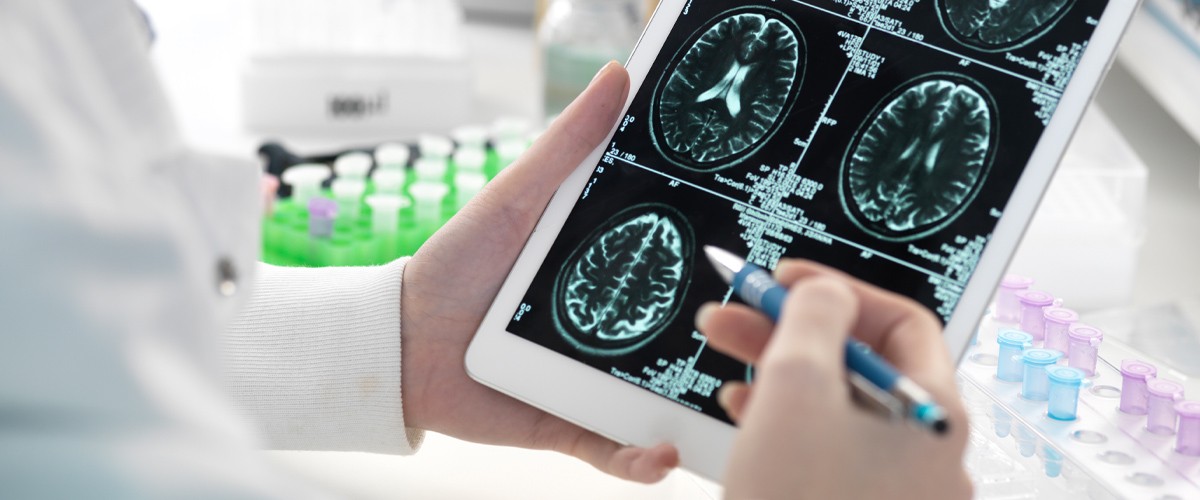
Main neuroscientific research center in Spain
The Cajal Institute of the Consejo Superior de Investigaciones Científicas (CSIC) is the largest neuroscience research center in our country and is one of the great references for neuroscientific research in the international arena.
The center’s scientific activity has a clear multidisciplinary perspective aimed, ultimately, at understanding the functioning of the complex structure of the nervous system, both during the development period and in the adult individual.
Research, training and transfer
The work of the Institute is materialized in specific lines of study that cover all current areas of neuroscientific research, from neuronal differentiation mechanisms, through the study of the neurovascular unit, signal processing, neuroprotection and regeneration, as well as analysis of systemic modulators of brain function.
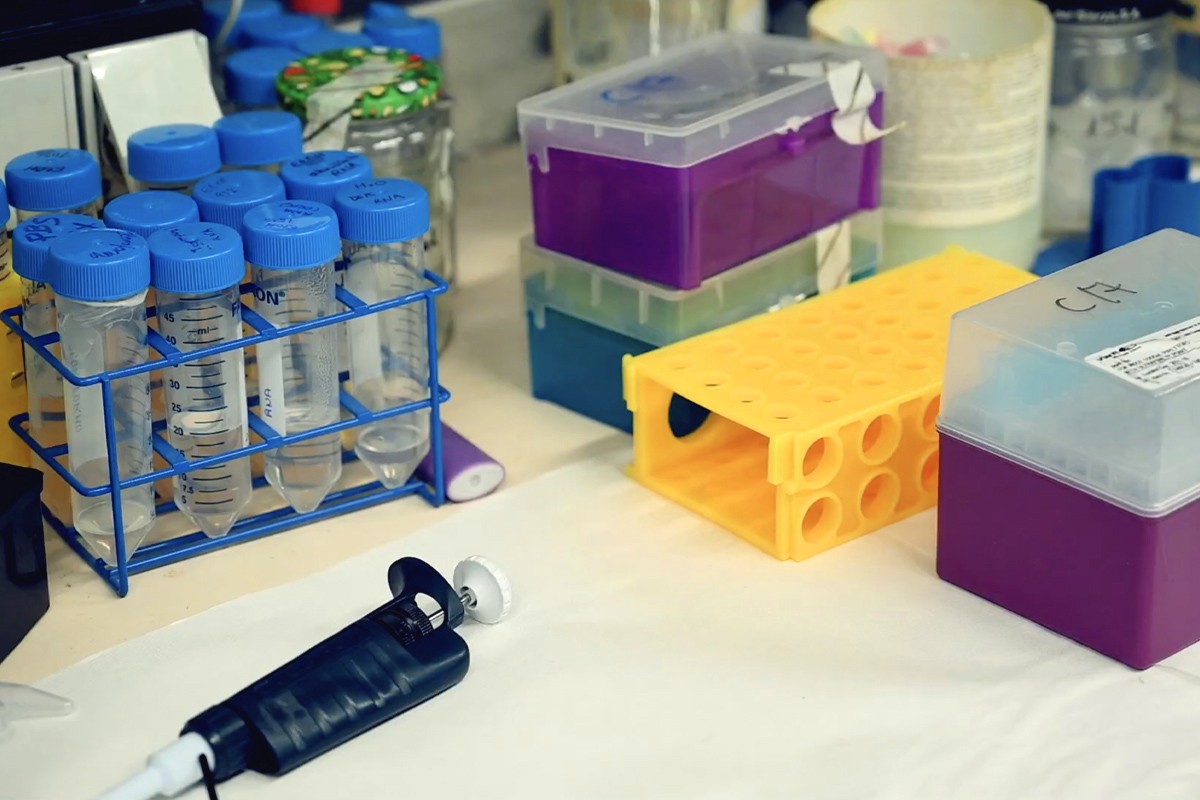

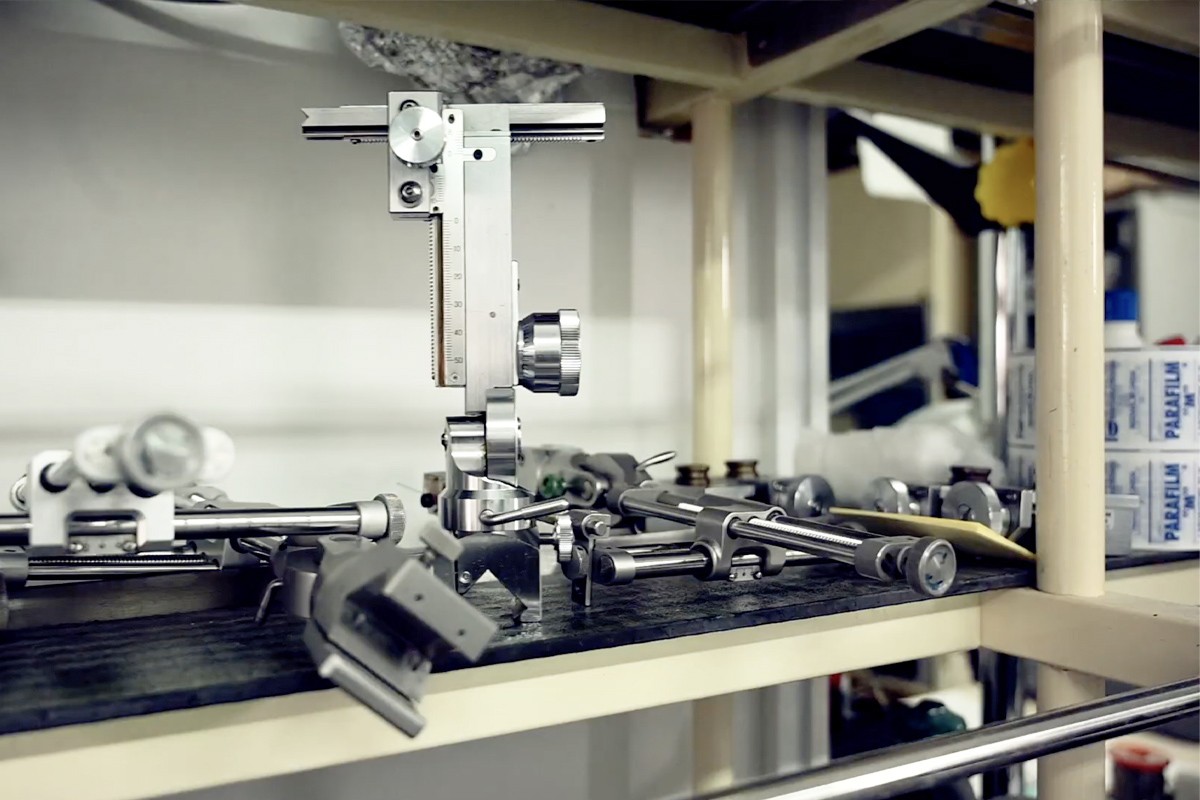
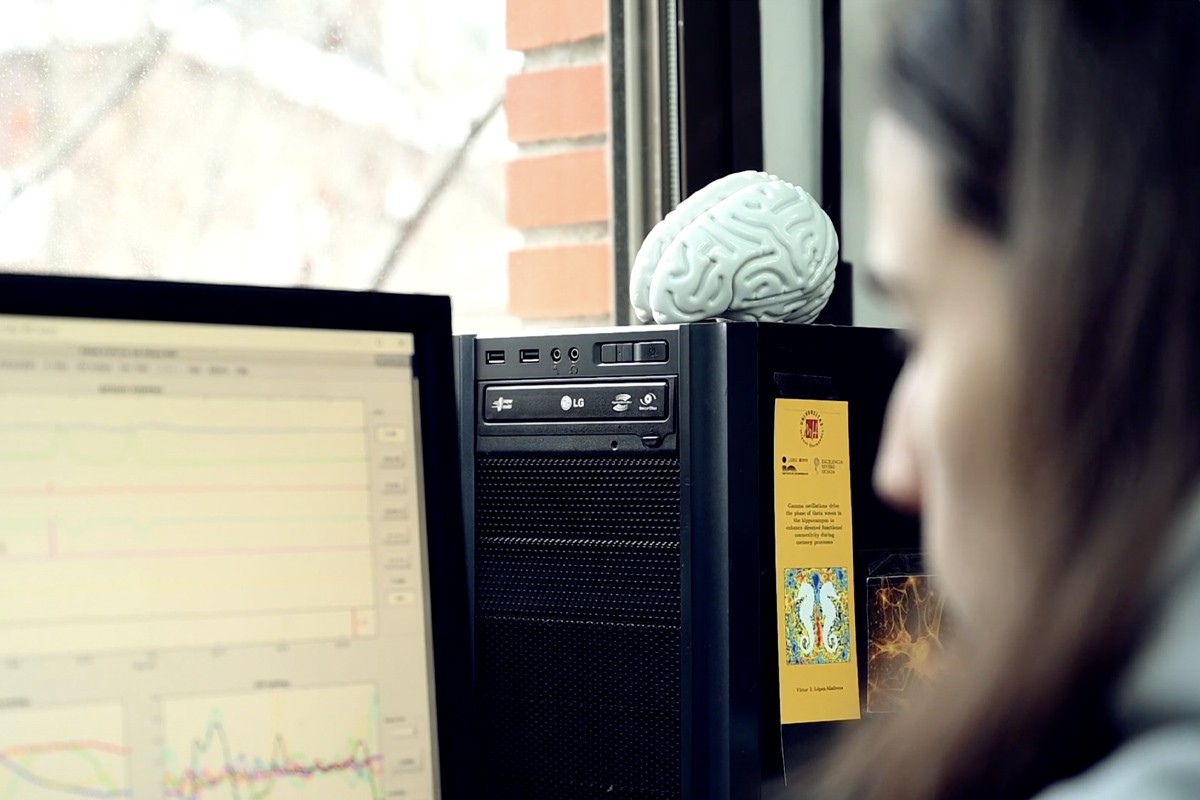
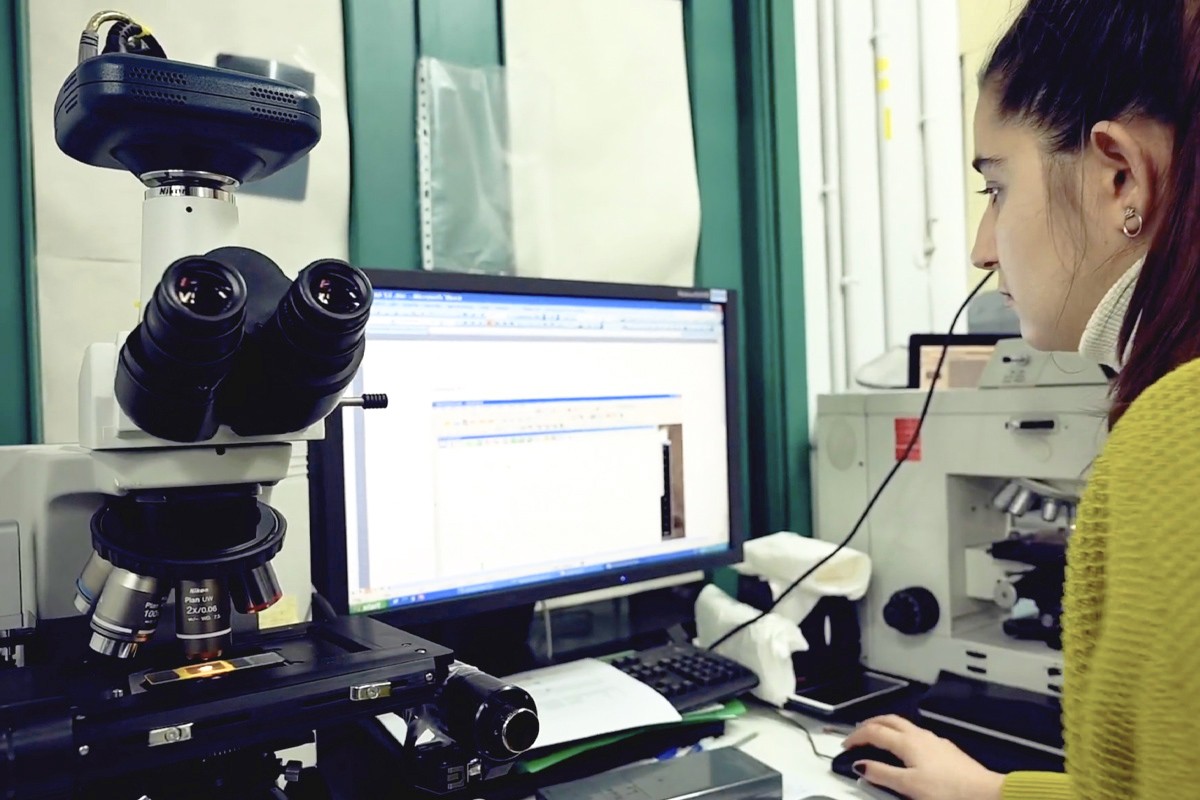

The center’s research activity is complemented by the training of pre-doctoral and post-doctoral students, as well as offering specialized technology to other public or private research centers and the transfer to society of the knowledge generated at the Institute, with a growing number of patent applications and the creation of various spin-offs in recent years.
History
The Institute has its origins in the Biological Research Laboratory founded in 1900, with the awarding of the Moscow Prize to Ramón y Cajal. After the Nobel Prize in Physiology and Medicine (1906) and the creation of the Junta de Ampliación de Estudios (1907), Cajal was appointed its president and the decree of Alfonso XIII ordered the construction of a new headquarters and his appointment as director. in 1920.
Pioneer in brain research
The center finally inaugurated the new building in 1932, based on Madrid’s Cerro de San Blas, changing its name to Instituto Cajal to honor the memory of its founder. Since its origins, the institute’s scientific activity has been focused on understanding the structure and function of the nervous system.
It is, therefore, the oldest neurobiological research center in Spain. Throughout its more than 100-year history, renowned researchers and professionals from this center have contributed to the spectacular advancement of Neuroscience in research institutions around the world.

Backbone of Spanish Neuroscience
The current headquarters of the Cajal Institute, located on Avenida del Dr. Arce in Madrid, was built at the request of the CSIC General Secretariat and inaugurated in 1989. With a surface area of 4,770 m2, it includes laboratories for research staff supported by for their corresponding associated services such as electron microscopy rooms, culture rooms, cold rooms, animal facilities, operating rooms, etc., distinguishing on the one hand the centralized premises for the building, and the auxiliary areas of each floor on the other. There are also, as an important part of the complex, general services that include the Library, Assembly Hall and exhibition area, in addition to the functional nuclei and facilities necessary for the proper functioning of the center.
The center is currently preparing to face the challenges of the future and maintain its role as the backbone of neuroscientific research in Spain, always keeping in mind the well-being of society as the ultimate goal of the knowledge and science generated in its laboratories. Today it can be said that society is on the verge of profound changes and important advances, thanks to the practical materialization of much of the knowledge developed by the Cajal Institute.
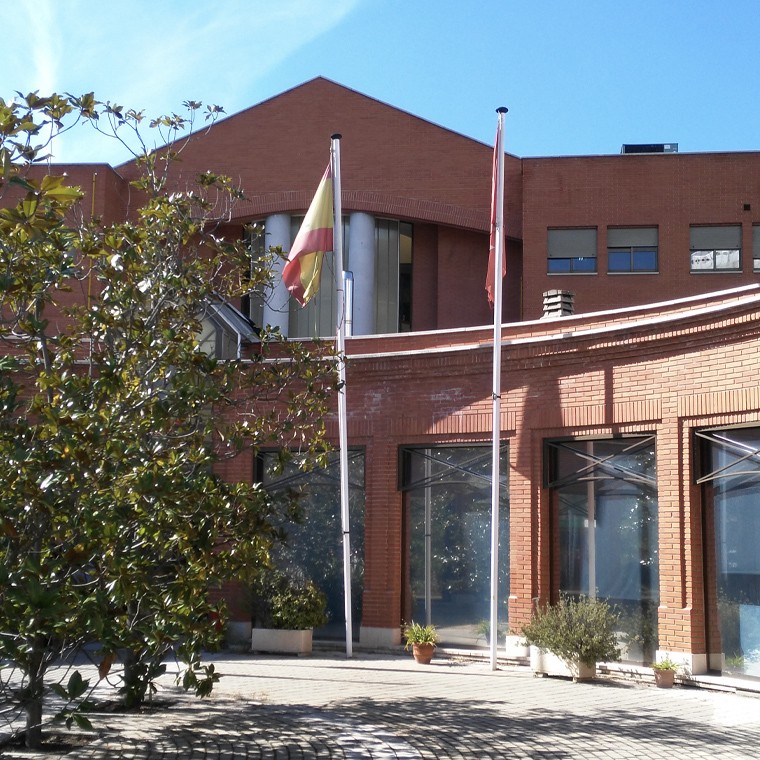
Related information

Neuroscience Research Center dependent on the CSIC. Founded in 1920 and initially directed by Santiago Ramón y Cajal. World reference in the study of the brain. Custodian of the Cajal Legacy.
Activities
